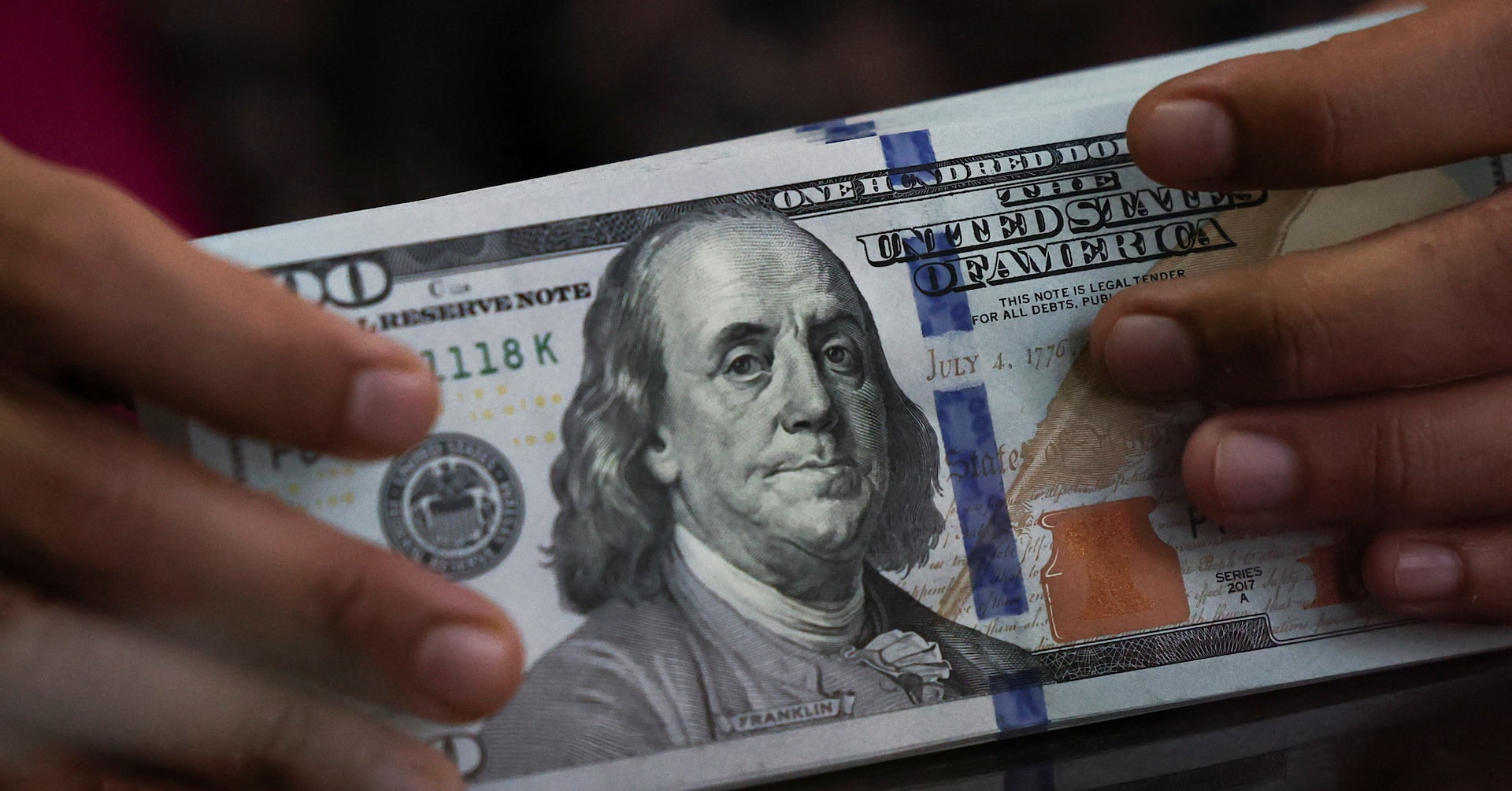The U.S. dollar advanced versus major currencies on Thursday following the release of stronger-than-expected economic figures, which may influence the Federal Reserve’s approach to future interest rate reductions. Data from the Commerce Department showed that the nation’s gross domestic product expanded at a revised pace of 3.8% between April and June, up from the initial estimate of 3.3%. This adjustment exceeded economists’ expectations, reinforcing perceptions of resilient economic momentum.
As a result, the dollar climbed 0.58% against the Japanese yen, reaching 149.77—the highest level since August 1. Meanwhile, the euro declined by 0.66% to $1.1659, marking its weakest point in over two weeks. The broader dollar index, which tracks the greenback against six major counterparts, rose 0.68% to 98.50, achieving a two-week peak.
Steve Englander, Head of Global G10 FX Research and North America Macro Strategy at Standard Chartered Bank’s New York branch, noted that market positioning had included substantial short positions in the dollar, which contributed to its rebound. He added that current economic indicators suggest a divergence between labor market trends and overall output growth, leading to uncertainty about the pace of monetary easing.
Yields on U.S. Treasury securities also increased across maturities. The benchmark 10-year note yield rose by 2.5 basis points to 4.172%, while the 2-year yield—often tied to Fed rate expectations—gained 6.3 basis points to 3.661%.
Englander highlighted a key dilemma for policymakers: although softness in the labor market typically calls for rate cuts, the strong GDP performance raises the possibility of a positive supply-side shock, urging caution in loosening policy too quickly.
Further commentary came from Federal Reserve officials. Kansas City Fed President Jeffrey Schmid supported last week’s rate reduction as a measure to sustain employment stability. In contrast, Chicago Fed President Austan Goolsbee expressed reluctance toward additional easing, citing inflation still above target and moving in an unfavorable direction. Stephen Miran, a newly appointed Fed policymaker, advocated for more aggressive rate cuts to avoid deterioration in the job market.
The dollar also strengthened against the Swiss franc, gaining 0.60% to 0.8, following the Swiss National Bank’s decision to maintain its key interest rates at zero. The SNB additionally warned that U.S. tariffs under former President Donald Trump have negatively impacted Switzerland’s economic outlook through 2026.
Barclays analysts observed in a recent investor note that despite several factors that should have weakened the dollar in recent months, the currency has demonstrated notable strength—a phenomenon now sparking intense discussion among investors.
— news from Reuters
— News Original —
Dollar rises against peers after US economic data
NEW YORK, Sept 25 (Reuters) – The dollar strengthened against major peers including the euro and yen on Thursday following U.S. economic data, which would likely restrain the future interest rate cuts by the Federal Reserve. n nThe Commerce Department reported that U.S. gross domestic product rose by an upwardly revised rate of 3.8% from April through June, higher than 3.3% initially reported. Economists polled by Reuters did not expect the rate to be revised. n nSign up here. n nThe dollar strengthened 0.58% to 149.77 against the Japanese yen , rising to its highest level since August 1. n nThe euro hit a more than two-week low against the dollar, last trading down 0.66% at $1.1659. n n”I think everyone seems to have a bit of dollar shorts, and at least anecdotally, it added up to more than what the market thought,” said Steve Englander, head of Global G10 FX Research and North America Macro Strategy at Standard Chartered Bank NY Branch. n n”A year from now, our forecast for where interest rates are going to be is above the market because we think and recent data is showing that there ‘s this real slip between the labor market softness and GDP and output numbers, which are in general bigger.” n nThe dollar index , measuring the U.S. currency against six peers, rose 0.68% to 98.50, hitting a two-week high. The dollar has been slightly higher since the Fed lowered interest rates last week, as expected. n nTraders are anticipating at least two rate cuts in this year ‘s remaining two Fed meetings, although comments from policymakers including Chair Jerome Powell indicate a lot will depend on upcoming economic data. n nU.S Treasury yields rose across the board. For benchmark U.S. 10-year notes
